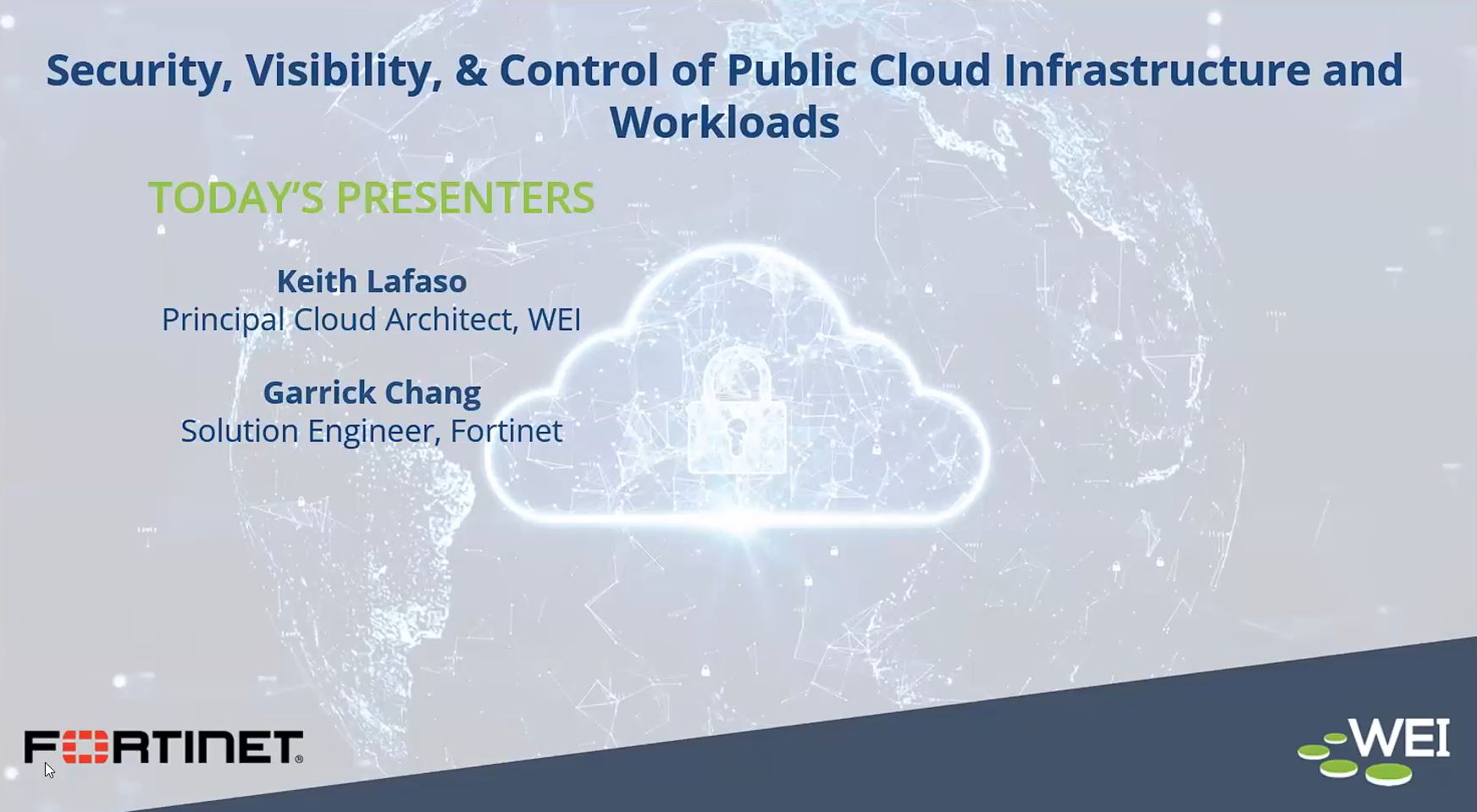 The advent of 2024 opens a new era, spotlighting the significant strides in cloud adoption and digital transformation that organizations have dramatically pushed forward, some by as much as six years. This rapid progression aims at fostering business innovation, gaining competitive edges, and achieving set business objectives. Looking back reveals a period of not only acceleration, but also substantial expansion. Applications now reside just about everywhere, distributed across traditional data centers, clouds, colocation providers, and computing edges. It is a new landscape that signals a broadened scope of IT infrastructure.
The advent of 2024 opens a new era, spotlighting the significant strides in cloud adoption and digital transformation that organizations have dramatically pushed forward, some by as much as six years. This rapid progression aims at fostering business innovation, gaining competitive edges, and achieving set business objectives. Looking back reveals a period of not only acceleration, but also substantial expansion. Applications now reside just about everywhere, distributed across traditional data centers, clouds, colocation providers, and computing edges. It is a new landscape that signals a broadened scope of IT infrastructure.
Challenges of Multi-cloud
For starters, the ‘cloud’ is a concept, not a single entity. According to the 2023 Fortinet Cloud Security Report, 69% of businesses use at least two different cloud providers, with nearly one in five using four or more. That represents a level of complexity that network and cybersecurity teams did not have to contend with in earlier years. The mentioned Fortinet report shows us some of the challenges of managing multiple clouds.
- 32% of those surveyed in the study cited visibility as a challenge. You cannot secure what you cannot see clearly.
- An equal number cited a lack of cohesive security controls to secure everything.
- 37% said that compliancy requirements become more burdensome with the addition of multiple clouds.
However, the primary challenge identified was the shortage of staff proficient in various cloud platforms, perpetuating the siloed workforce that is reminiscent of traditional data center days where roles were divided by specific tool expertise.
Complexity Equates to Risk
The complexity of managing multiple clouds directly increases risk. A lack of visibility and expertise, alongside disjointed security measures, leads to heightened threat perception among organizations. According to survey findings, misconfigurations in cloud settings are seen as the primary risk, triggering a cascade of security issues from insecure APIs to unauthorized access, culminating in data breaches. This concern is shared by half of the survey respondents, underlining the critical nature of these interconnected threats in multi-cloud environments.
Simplified & Cohesive Security
Threat actors look for security gaps to exploit. The more clouds you utilize, the greater the attack surface. That truth is recognized. The answer to this challenge is not to deter from using multiple clouds, as this strategy allows for a more flexible and tailored IT infrastructure. The answer resides in the implementation of a single cohesive security platform that would offer a consolidated dashboard, enhanced visibility, and streamlined management, while mitigating the need for multiple cloud-specific tools expertise. A resounding 90% of survey participants agreed that this approach would significantly aid in addressing their topmost concerns:
- Preventing cloud misconfigurations
- Securing major cloud apps already in use
- Defending against malware
- Achieving regulatory compliance
Organizations are increasingly looking to adapt multi-layered security models that not only enhance protection across platforms, but also complement native provider capabilities.
Fortinet Security Fabric
If your business is going to integrate with multiple clouds, it only makes sense that your security solution needs to seamlessly integrate with all of them as well. That is what Fortinet’s Security Fabric does. It offers a comprehensive and holistic approach to cloud security that enables enterprise IT leaders to secure all applications, data, and infrastructure from a central location, while also providing the necessary visibility and control to ensure that policies are consistently applied across all environments. By leveraging automation and threat intelligence, Fortinet Security Fabric can swiftly identify and respond to threats, minimizing risk and enhancing overall security posture within cloud environments.
Seamless Integration with Cloud Platforms and Ecosystems
Fortinet Security Fabric integrates with most cloud platforms to ensure consistent security for all applications, while still allowing your business to enjoy the flexibility scalability and efficiency that a hybrid cloud provides. Let’s explore how Fortinet Security Fabric collaborates with the biggest leading public cloud platforms.
1. Amazon Web Services (AWS)
Fortinet offers SaaS, VM containers, and API-based protection to deliver natively integrated security functionality for AWS. This security solution includes the following to provide a powerful defense against cyber threats:
- Firewalls
- Security Gateways
- Intruder Prevention
- Web Application Security
These features effectively complement existing AWS security tools such as GuardDuty and Security Hub to extend these native capabilities
2. Microsoft Azure
For users of Microsoft Azure and Office 365, the Fortinet Security Fabric enhances security across multi-cloud setups with features such as:
- Comprehensive Protection
- Automated Management
- Native Integration
Fortinet offers advanced threat protection designed for Azure's hybrid-cloud setups and Office 365, including next-generation firewalls, cloud-based security infrastructure management, and intrusion prevention systems. For Office 365, Fortinet delivers automated defenses against web and email threats, robust identity solutions, and thorough reporting tools for improved cybersecurity visibility and control.
WEI & Fortinet Webinar: Security, Visibility and Control of Public Cloud Infrastructure and Workloads

3. Google Cloud Platform
Fortinet Cloud Security for Google Cloud offers resilient enterprise security for both on-premises data centers and cloud environments. The Security Fabric provides multi-layered protection for cloud-based applications, incorporating network, application, and cloud platform security features.
It integrates seamlessly with Google Cloud's infrastructure, providing comprehensive security coverage across the cloud environment. This includes protecting against advanced threats, enforcing security policies, and offering detailed visibility and control over cloud resources. This extensive solution is accessible through virtual machines, containers, and SaaS offerings, seamlessly integrating Fortinet Security into the Google Cloud infrastructure.
In addition to Fortinet’s seamless ability to integrate with multiple clouds, the Fortinet Open Fabric ecosystem brings together technology and threat-sharing collaborations amongst Fortinet partners.
Final Thoughts
Similar to other leading businesses, you have spent the past several years accelerating digital transformative efforts. Now, it is time to accelerate security to eliminate any existing gaps in your expanded IT landscape. Are you ready to take your cloud journey to the next level? Contact our team of experts at WEI, and we’ll be happy to get you started with a thorough assessment of your existing cloud environment.
Next steps: Managing and securing data, applications, and systems has become more arduous and time-consuming with the rise of cloud adoption and the expansion of the digital attack surface. To help remedy this, FortiAnalyzer offers a powerful log management, analytics, and reporting platform that features a single console to manage, orchestrate, and respond. Download our free tech brief below to read.












